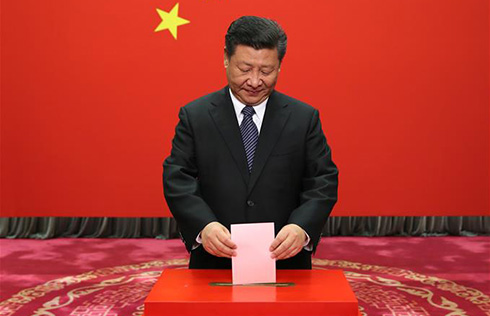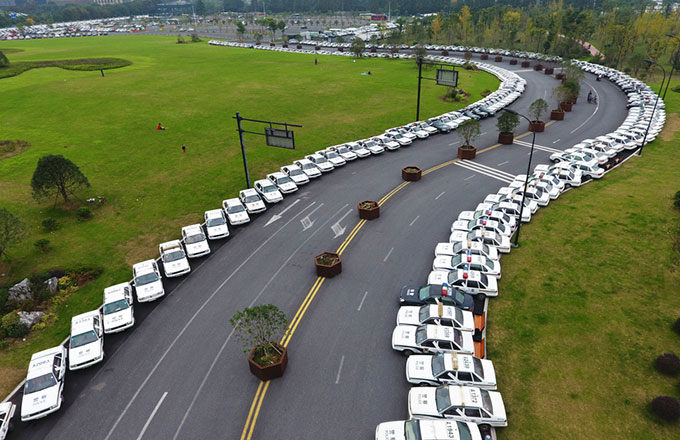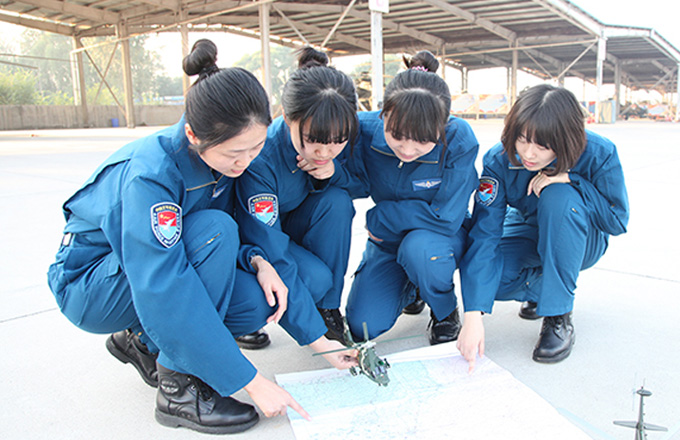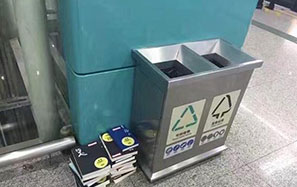Microsatellites set to blast off for success
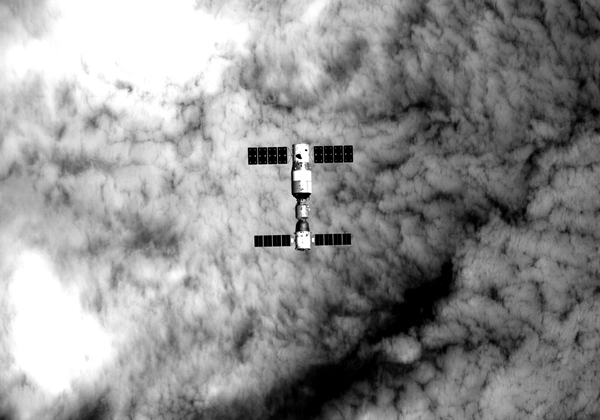 |
|
A photo taken by the Banxing 2 microsatellite on Oct 31, showing Shenzhou XI docked with the Tiangong II space lab.[Photo/Xinhua] |
Development barriers
Currently, the application of microsatellites is limited to State-funded research projects, and only few have been produced and launched by private companies.
"China's commercial space business is just beginning to explore opportunities, but we have not yet developed a mature business model that will make a profit," said Huang He, an associate professor at the Shaanxi Engineering Laboratory for Microsatellites at Northwestern Polytechnical University in Xi'an.
According to Huang, the cost of developing microsatellites has been reduced to a relatively low level, ranging from 3 million yuan ($433,000) to 20 million. That is about 20 to 30 percent of the cost of traditional satellites. However, an absence of operators is proving the major barrier to full commercialization.
"The key to establishing the industry is application. If you want to use microsatellites to provide full-time Wi-Fi signals or digital maps, launching a constellation of satellites will not be enough; you have to develop high-quality client application terminals (systems that can receive signals from the satellite and provide services to users) as well," he said.
The laboratory is planning to produce a 36-satellite constellation for a company that is providing services for ships to send out short messages in the middle of the ocean. Each satellite will cost about 5 million yuan.
"As more and more startups emerge, the market is beginning to recognize the value of satellite-based services," he said.
Short-term goals
Another obstacle is that launch services are monopolized by State-owned companies, which have shown little interest in civil applications. However, the picture is set to change as a result of competition from companies overseas.
"Becoming China's SpaceX is just our short-term goal," Han Qingping, president of ChinaRocket Co in Beijing, told a media briefing last month.
Space Exploration Technologies Corp, known as SpaceX, is a US aerospace manufacturer and provider of space transport services. It is famous for developing the Falcon 1, Falcon 9 launch vehicle and the Dragon cargo spacecraft, which ferried supplies to the International Space Station.
ChinaRocket, established on Oct 19, is a subsidiary of the State-owned China Aerospace Science and Technology Corp, the main contractor for the country's space program. It plans to exploit the technical expertise of its parent company and expects to begin carrying cargo into space and providing high-atmosphere passenger services by as early as 2020.
"With 60 years' experience of space launches, our technological foundation is very strong. Also, (Elon) Musk (founder of SpaceX) has limited funds, but China has ample capital," Han said. "SpaceX only has two types of Falcon launch vehicle, but our company owns a dozen types of Long March rocket that can carry payloads ranging from hundreds of kilograms to 20 tons."
In February, China Aerospace Science and Industry Corp, another State-owned defense technology giant, set up Expace Technology Co to market its Kuaizhou-series of solid-fueled rockets. According to media reports, the first Kuaizhou rocket will blast off in December with a cargo of two microsatellites.
"With reference to the experience of the US, the primary question is how to involve more companies and improve the quality of the participants," said Cao from the microsatellite academy.




